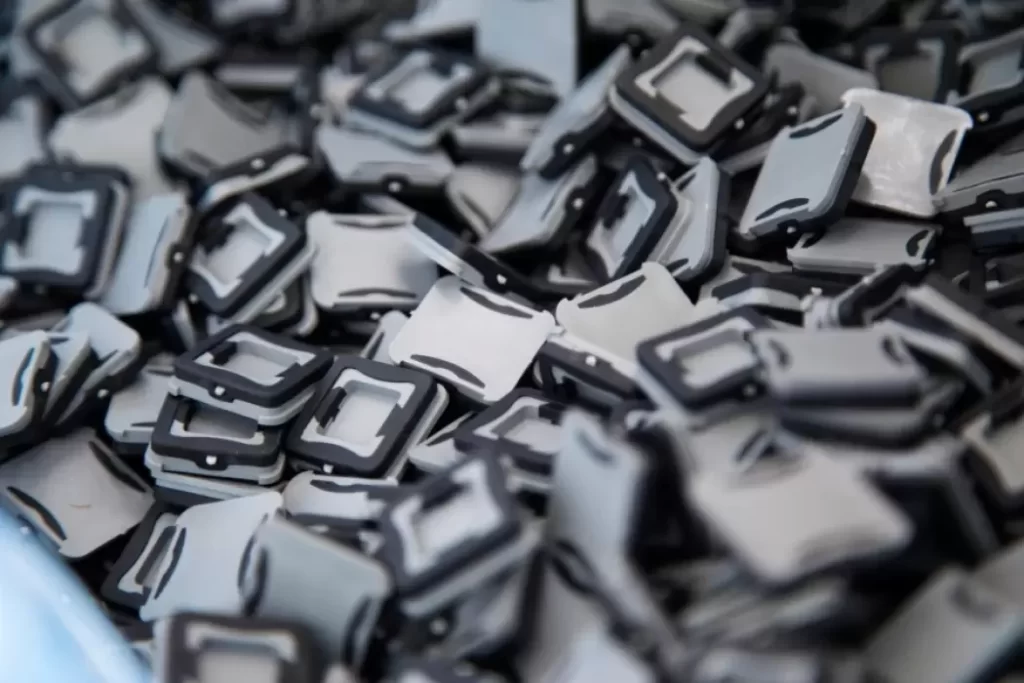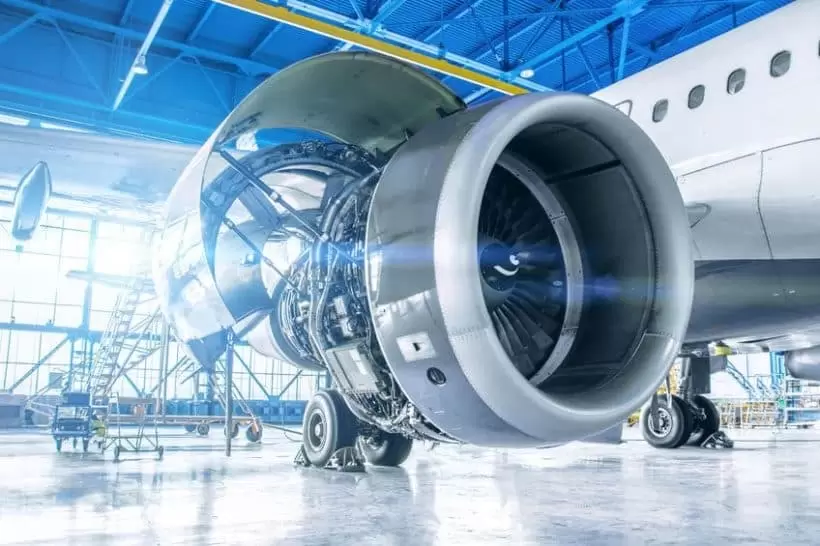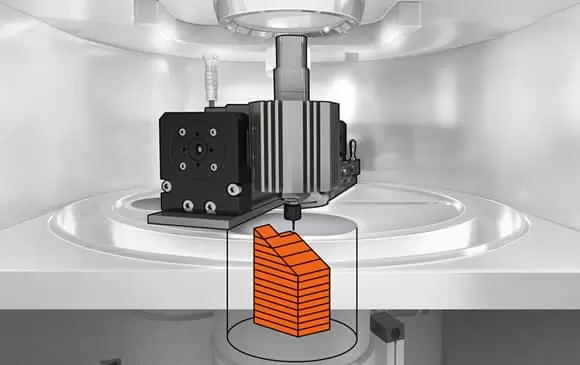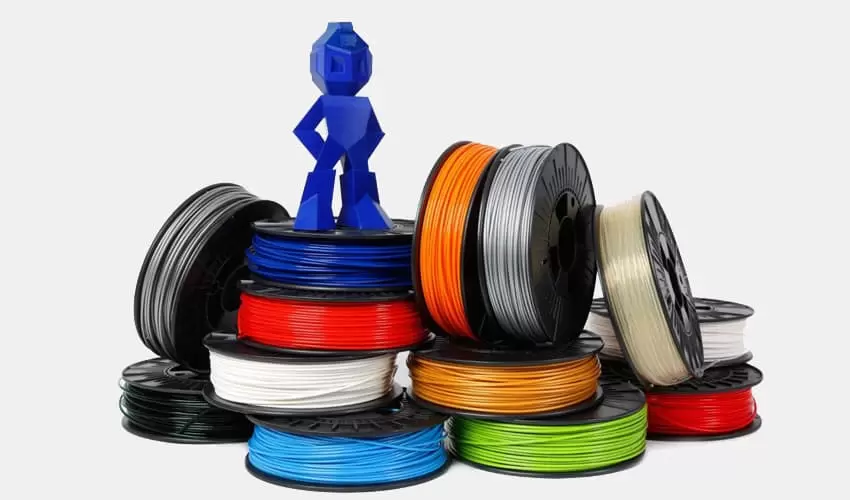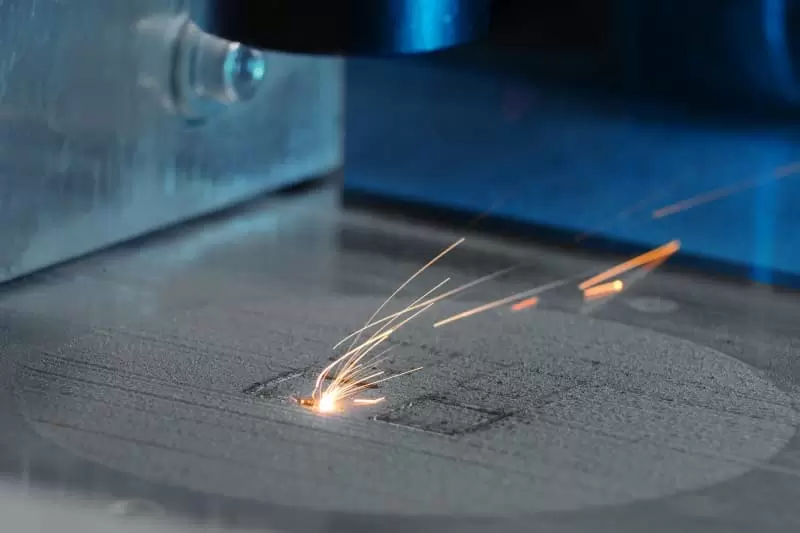Table of Contents:
- Introduction
- Injection Moulding
- Blow Moulding
- Rotational Moulding
- Compression Moulding
- Extrusion Moulding
- Thermoforming
- Conclusion
-
1.Introduction
Plastic moulding is a manufacturing process that involves shaping plastic material into various forms and sizes. It is a popular method of mass producing plastic products and components for various industries such as automotive, aerospace, food and beverage, and medical.
The importance of plastic moulding lies in its ability to produce high-quality, precise components quickly and cost-effectively. It allows for the creation of complex shapes and designs that would be difficult or impossible to achieve with other manufacturing methods. Plastic moulding also offers flexibility in the choice of materials, colors, and textures, making it a versatile option for a wide range of applications.
-
2.Injection Moulding
Injection moulding is a plastic moulding process that involves injecting molten plastic into a mould cavity under high pressure. The plastic material is melted in a heating chamber and then injected into the mould, where it cools and solidifies into the desired shape.
Injection moulding is widely used for producing a variety of plastic products and components, including automotive parts, consumer goods, medical devices, and electronic components.
Advantages of Injection Moulding:
- High production efficiency and large scale production
- High degree of precision and repeatability
- Wide selection of materials
- Low labor cost
- Minimal material waste
Disadvantages of Injection Moulding:
- High initial investment for equipment and tooling
- Limited on the size of parts that can be manufactured
- Long lead times for tooling and setup
- High energy consumption
- Can be limited in terms of the complexity of the part design.
-
3.Blow Moulding
Blow moulding is a plastic moulding process that is used to create hollow plastic parts or containers, such as bottles, cans, and jars. The process involves melting plastic and then using compressed air to blow it into a mould to form the desired shape.
Applications of Blow Moulding:
Blow moulding is widely used for producing plastic containers and parts, including:
- Bottles and containers for food and beverage products
- Fuel tanks and other automotive parts
- Medical equipment and devices
- Toys and consumer goods
- Industrial and agricultural containers.
Advantages of Blow Moulding:
- Cost-effectiveness
- High production efficiency and large scale production
- Lighter weight than similarly sized metal containers
- Ability to form complex shapes and designs
- Reduced number of parts, joints and seams, making it more suitable for products that require high leakage protection.
Disadvantages of Blow Moulding:
- Limited use for non-hollow products
- Large investment required for equipment and tooling
- Moulding limitations for creating details like threads, seals, and other mechanical fastening features.
- Materials used for Blow moulding are often less durable and resistant to chemical exposure than materials used for other manufacturing processes.
-
4.Rotational Moulding
Rotational moulding is a manufacturing process used to create hollow plastic products and parts, such as bins, tanks, containers, and playground equipment. The process involves slowly rotating a mould that is heated on the inside while it is filled with plastic material. The rotating mould distributes the material evenly to form the desired shape. The mould is then cooled, and the part is removed.
Applications of Rotational Moulding:
Rotational moulding is used to produce parts and products in various industries, such as:
- Automotive: fuel tanks, air ducts, and other components
- Medical: clinical waste containers, vaccine carriers, and medical equipment
- Consumer products: coolers, playground equipment, toys and leisure products, and furniture
- Aerospace: cargo cases, ductwork, satellite and spaceship components
Advantages of Rotational Moulding:
- Better flexibility in design
- Cost-effective for low volume productions
- Uniform wall thickness
- Can produce large parts
- The mould production is faster and not as expensive as injection or blow moulding
Disadvantages of Rotational Moulding:
- Slower cycle time compared to injection moulding
- Difficulty for producing parts with intricate geometries
- The finish on the part is usually less aesthetically pleasing than blow or injection moulding.
- Limited material options, typically used with polyethylene, and thermoplastic elastomers.
-
5.Compression Moulding
Compression moulding is a plastic moulding process that is used to produce high-strength composite materials, thermoset materials, and some electrostatic discharge (ESD) products. The process involves compressing a preheated material inside a mould with high pressure and heat until the material is cured and solidified.
Applications of Compression Moulding:
Compression moulding is used for products and parts that need to withstand high stress and fatigue, such as:
- Electrical insulators
- Automotive parts
- Aerospace components
- Medical device components
- Sporting goods
- Construction materials.
Advantages of Compression Moulding:
- Production of larger, thicker parts is possible
- Can produce parts with a wide range of complex shapes
- Reduced heat exposure compared to injection moulding
- Ideal for low-volume production runs and prototyping
- Ideal for manufacturing composite materials.
Disadvantages of Compression Moulding:
- High initial investment in equipment and tooling
- Not as suitable as other processes for producing intricate or detailed parts
- Slower production cycle time
- Limited material selection compared to injection moulding.
-
6.Extrusion Moulding
Extrusion moulding is a plastic moulding process that is used to produce long, continuous shapes or parts with a consistent cross-section. The process involves melting plastic material and forcing it through a die to form the desired shape. The shape then solidifies and is cut to the desired length.
Applications of Extrusion Moulding:
Extrusion moulding is used to produce products and parts such as:
- PVC pipes and tubing
- Weatherstripping and other automotive parts
- Plastic films and sheets
- Wire insulation
- Drinking straws and profiles.
Advantages of Extrusion Moulding:
- High production efficiency, suitable for high-volume production runs
- Cost-effective, producing a high yield of products per hour
- Ability to produce complex shapes with a consistent cross-section
- Wide range of materials and product sizes are viable.
Disadvantages of Extrusion Moulding:
- Limited for products that require more intricate or detailed shapes
- Surface finish is usually not as aesthetically pleasing as other moulding processes
- Costly and time-consuming for manufacturing short runs, efficient only for high volume runs.
-
7.Thermoforming
Thermoforming is a plastic moulding process that involves heating a plastic sheet to a pliable forming temperature and then shaping it to a particular design by pressing it into a mould. The process is used to create a variety of shapes and sizes of products and parts, from trays and packaging to custom-design products.
Applications of Thermoforming:
Thermoforming is used to produce parts and products for different industries, such as:
- Food packaging
- Medical trays
- Automotive parts
- Signage and displays
- Thermoformed foam parts such as seat cushions and insulation.
Advantages of Thermoforming:
- Cost-effective for small production runs
- Fast turnaround time from design to production
- Ability to form complex and deep parts with a relatively simple mould at low cost
- Wide range of materials are viable
- Can make products with varying thicknesses.
Disadvantages Thermoforming:
- Limited for high-volume production runs
- Surface finish is usually not as aesthetically pleasing as other moulding processes
- High labour cost
- Limited choice of materials compared to other moulding processes like injection moulding.
- Internally intensive moulds compared to other moulding processes.
Click on the V1 Prototype website to gain more Plastic Molding information.
-
8.Conclusion
In conclusion, plastic moulding is a versatile manufacturing process used to produce a wide range of components and products across several industries. The various types of plastic moulding processes include injection moulding, blow moulding, rotational moulding, compression moulding, extrusion moulding, and thermoforming, each with its own advantages and disadvantages and best suited for specific applications.
Plastic moulding enables the fast, efficient, cost-effective production of custom-designed plastic products and components with consistent quality. Future applications of plastic moulding could include expanding the use of recycled plastics to create more sustainable products, the development of new types of materials and additives to enhance properties like strength and flexibility, and increased use of automation and robotics to improve accuracy and reduce labour costs.
